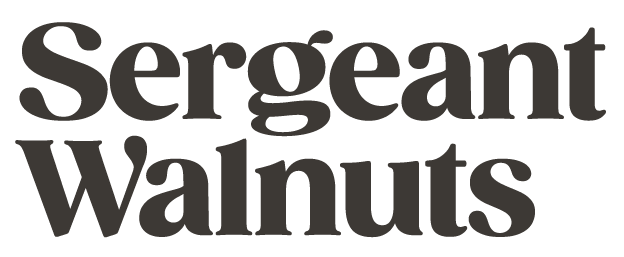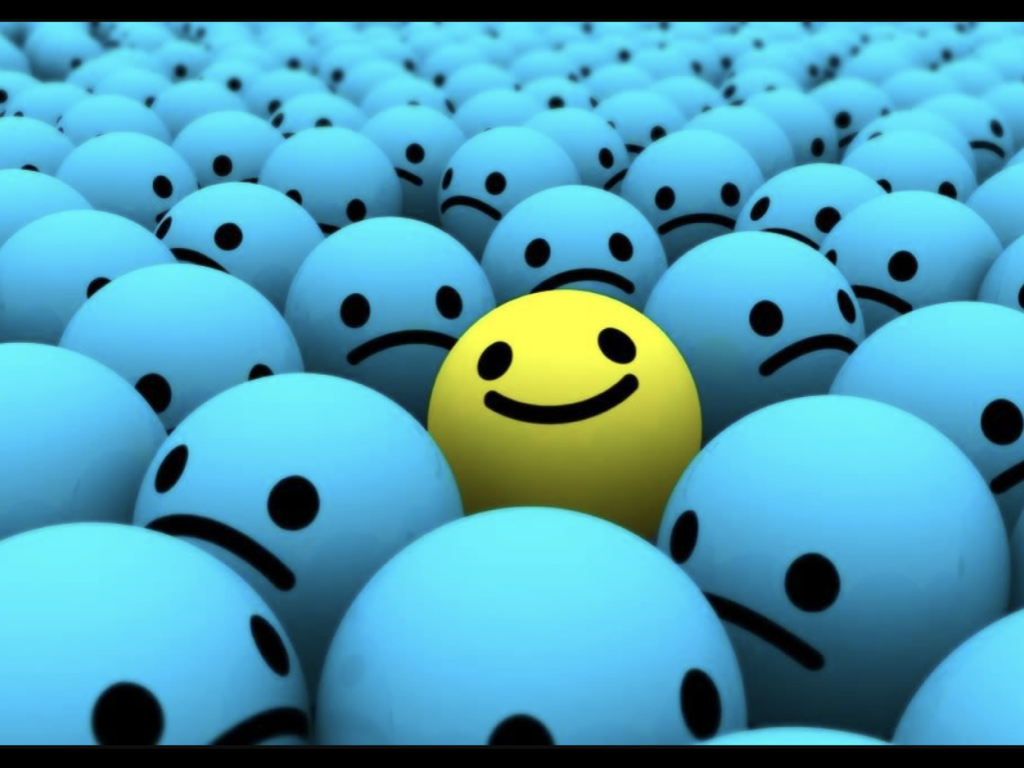When it comes to branding, don’t forget to be memorable.
Many years ago I worked in an agency in London, and whilst there I worked with a nice chap called Trevor. I can’t remember much about Trevor – other than he was a lovely bloke, and he smiled a lot – as we only crossed paths for about six months. I can’t remember what music he liked, or what he used to have for lunch. I couldn’t tell you where he used to live, or what football team he supported (or if he even liked football). But what I do remember is where he went to college: The Red & Yellow School of Logic and Magic.
Look it up. It’s a real place. It’s a really well-thought-of Marketing and Advertising College in Cape Town. I remember thinking it’s the best name I’d ever heard for almost anything, let alone a college, as it was completely different, it made me smile, and I’ll likely never forget it.
It’s also the reason I remember The Handsome Boy Modeling School, a hip-hop duo I was briefly into in the late ‘90s. And it’s the same (well, similar) reason I’ll never forget the name of one of my teachers in infant school – Mrs Willy – which entertained 4-year-old-me no-end.

It’s why I loved and still remember the agencies called The Wexley School For Girls and Barton F. Graf 9000, despite them having closed a few years ago, and it’s a big part of the reason why we called ourselves Sergeant Walnuts. When things are distinctive, they are more easily remembered.
In Richard Shotton’s book, The Choice Factory (if you’ve not got it, buy it immediately) he talks in one chapter about The Von Restorff Effect. Hedwig von Restorff was a gifted young researcher who, in 1933, published a study on memorability and distinctiveness. She gave participants a long list of text, consisting of random strings of three letters interrupted by one set of three digits. After a short pause, the participants were asked to list the items they could remember. Very few of the letter combinations were recalled. But the numbers regularly were.
More recently, Richard and his colleague, Laura Weston, replicated the study. 500 participants were given a random set of 16 numbers. 15 written in black. One in blue. They found that respondents were 30 times more likely to recall the distinctively coloured number.
Being distinctive makes things, including brands, memorable – something you’ll do well to remember.
Those of us who are involved in naming brands should keep this front and centre of our minds, as it can do so much heavy lifting for us. We have a hard enough time trying to establish meaning and associations with brands in the minds of our target consumers, but all of that is academic if you struggle to even recall the brand in the first place.
This is particularly true in categories where there’s a tendency for brands to gravitate towards one another and follow category conventions. Often, we see brands who look and sound the same – and there may be legitimate and well-thought-through reasons behind this (such as trying to appear more ‘credible’ by adhering to long established, and often reassuring, category codes).
But regardless of circumstance, and the nuances of any particular situation, it’s difficult to argue that being remembered is anything other than important – and being distinctive is a tried and tested, sure-fire way to ensure this happens.
So next time you’re creating a new brand or product name, try and be a bit less Mrs Jones and a bit more Mrs Willy. And if you need any help, give Sergeant Walnuts a call.

